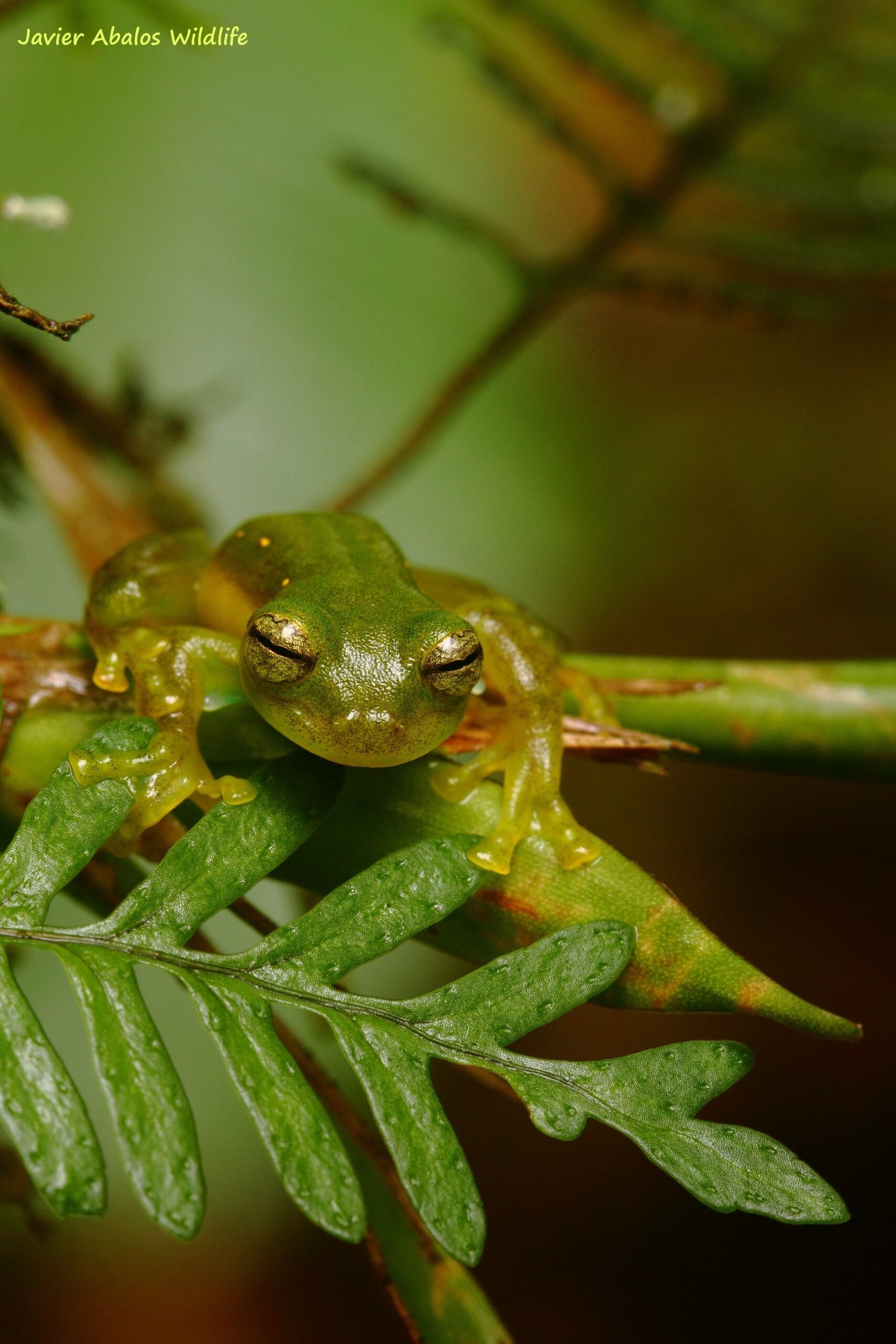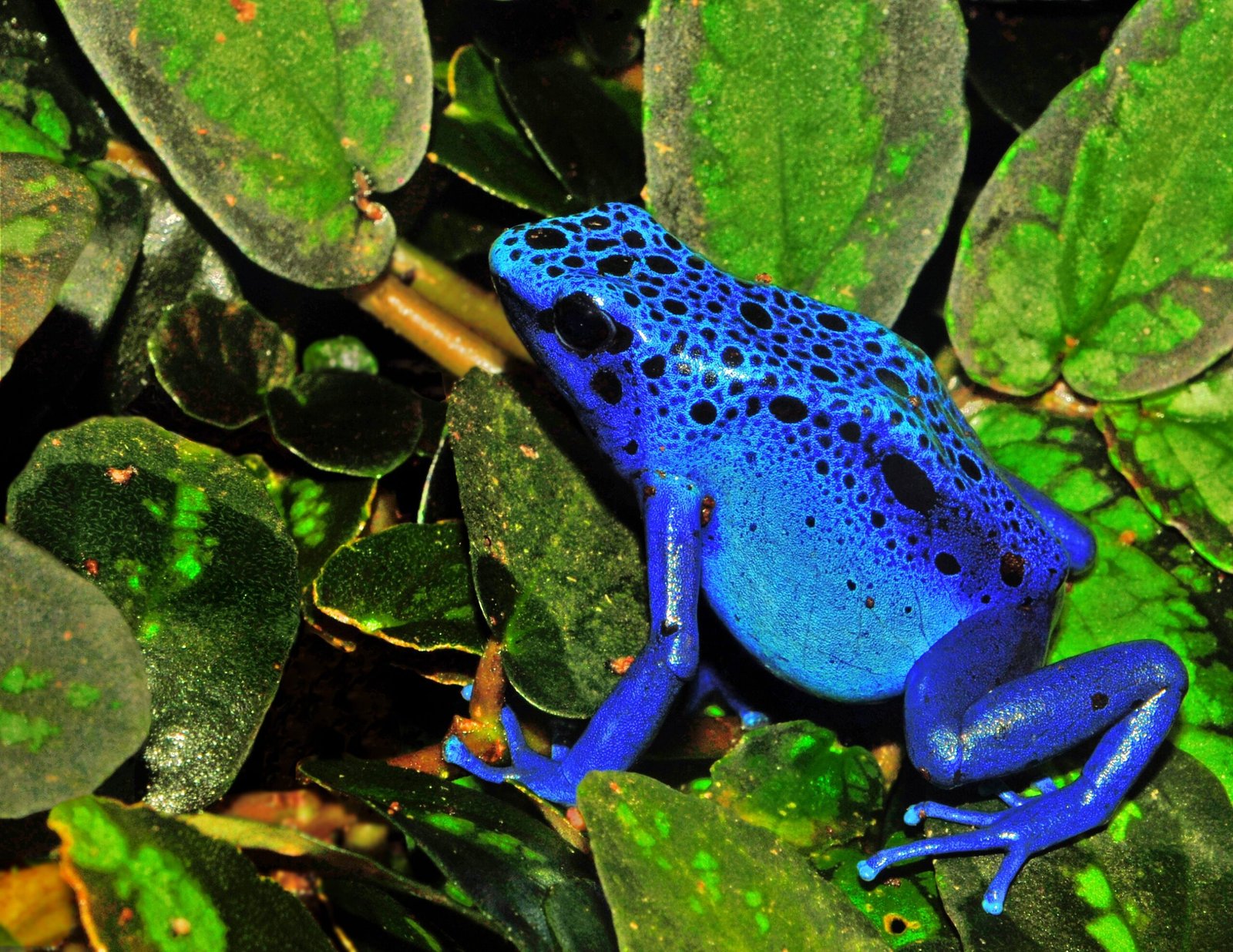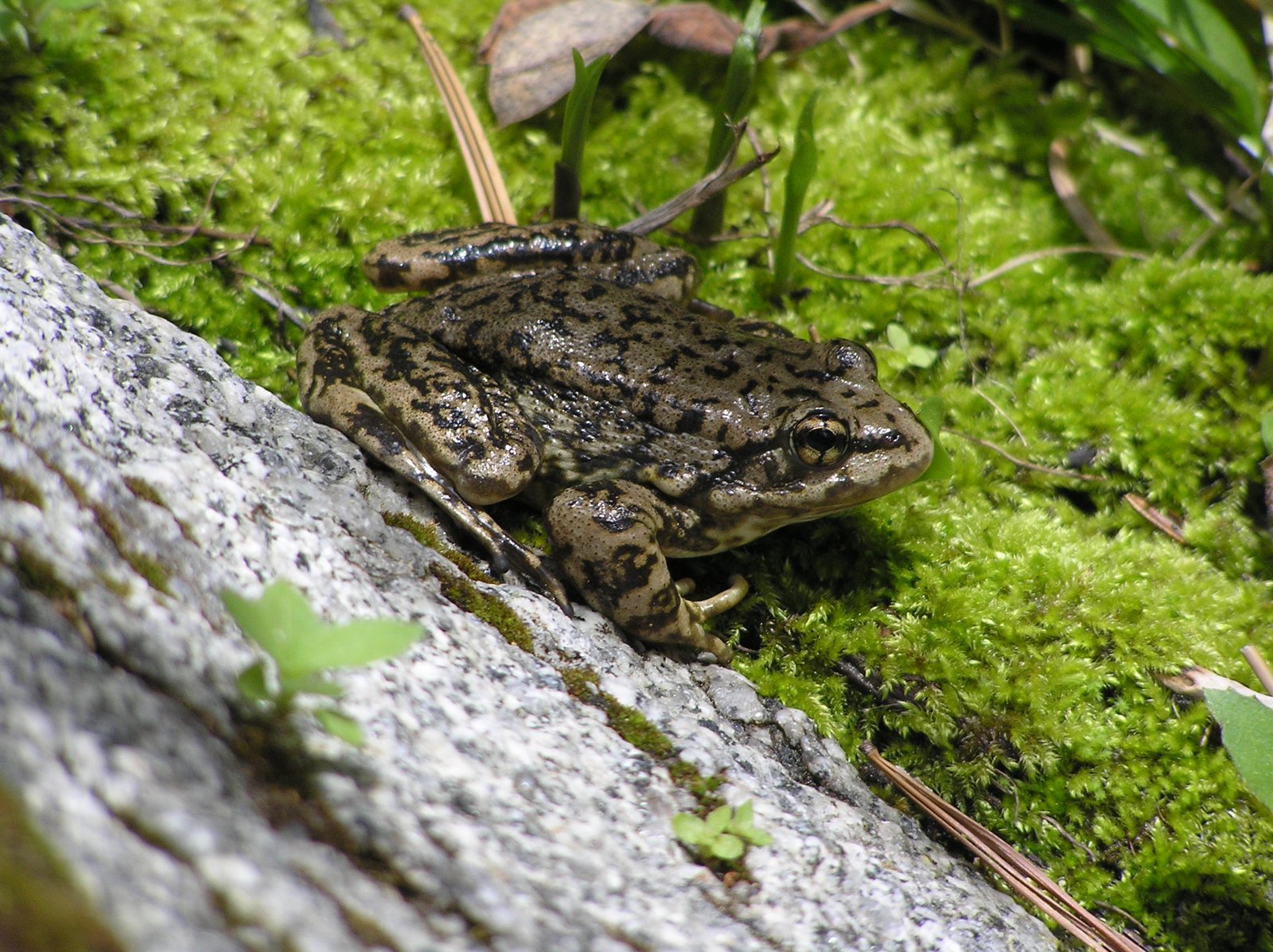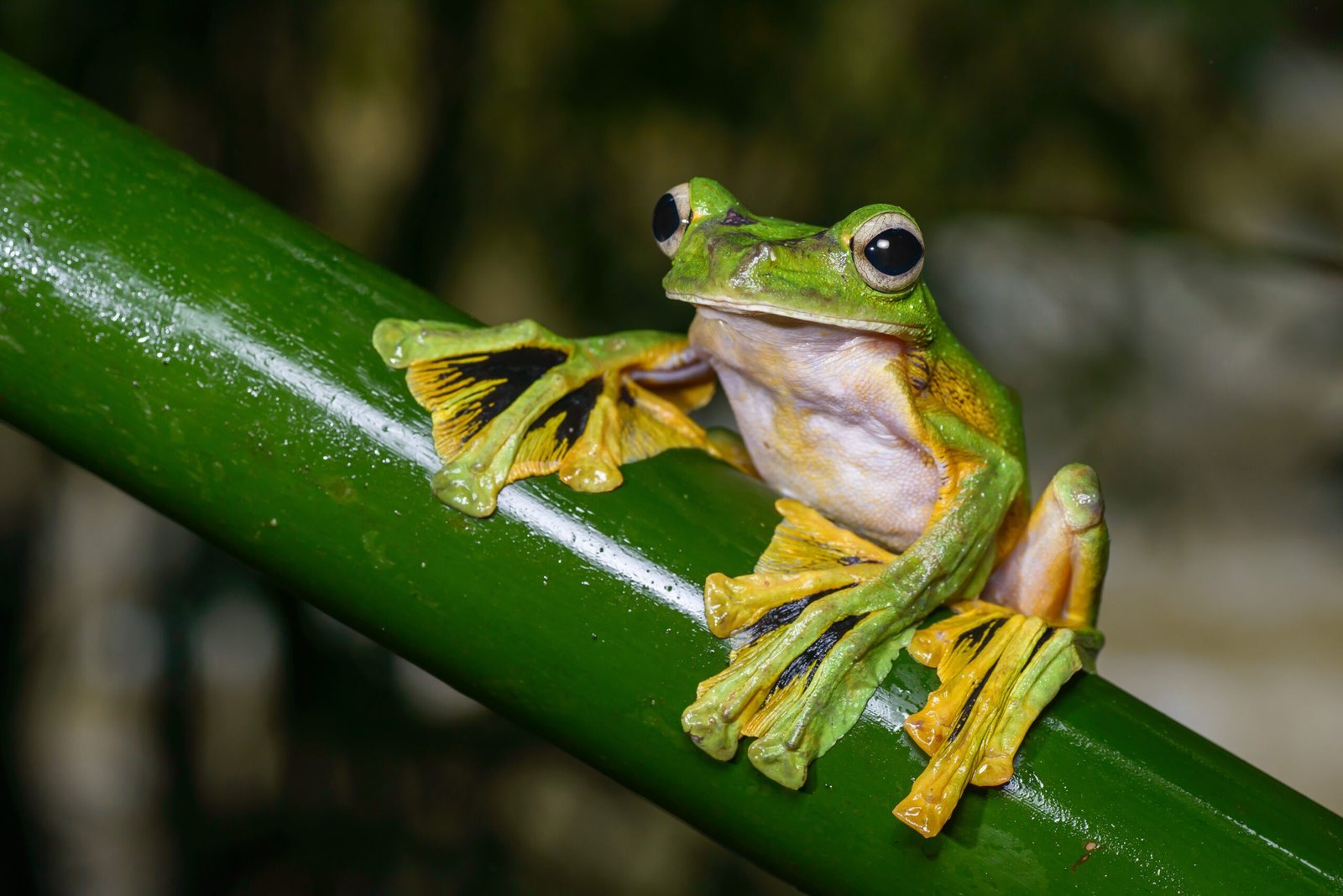Deep within the lush rainforests and serene freshwater bodies of Central America, a fascinating array of amphibians thrives alongside their more famous relative, the axolotl. While the axolotl, with its remarkable regenerative capabilities, has captured the imaginations of many, its lesser-known cousins also possess a suite of hidden powers that make them equally intriguing. These amphibians, often overshadowed by their celebrity kin, are a treasure trove of biological wonder waiting to be explored. Their stories are woven into the fabric of the ecosystems they inhabit, adding layers of complexity and resilience. Journey with us as we uncover the secrets of these remarkable creatures and their unique adaptations.
The Mystery of Regeneration
The axolotl is renowned for its ability to regenerate entire limbs, a trait that has sparked scientific curiosity worldwide. However, several Central American amphibians share this extraordinary skill, albeit in more subtle ways. Salamanders, for instance, can regenerate tails and even parts of their spinal cords, a feat that sounds more like science fiction than reality. This regenerative prowess is not merely a party trick but a survival mechanism that allows them to escape predators and recover from injuries. The secret lies in their cells, which can revert to a stem-cell-like state, paving the way for new tissue growth. This process is akin to a phoenix rising from its ashes, symbolizing resilience and renewal in the face of adversity.
Camouflage: Nature’s Disguise

In the dense foliage of Central America, blending in is often a matter of life and death. Many amphibians have developed sophisticated camouflage techniques to evade predators. Take the glass frog, whose translucent skin allows it to merge seamlessly with its surroundings. This hidden power is akin to a magician’s cloak of invisibility, rendering the frog nearly invisible to the untrained eye. Similarly, the mottled patterns of certain tree frogs mimic the dappled light filtering through the canopy, creating a mesmerizing illusion. These adaptations are a testament to the ingenuity of evolution, showcasing nature’s ability to craft survival strategies as complex as any human invention.
Poison: A Chemical Arsenal

While regeneration and camouflage are impressive, some amphibians take defense to a whole new level with their toxic skin secretions. The poison dart frog, small yet lethal, produces potent toxins that deter even the most determined predators. These frogs are akin to walking chemical factories, armed with a biological arsenal that has both fascinated and frightened humans for centuries. Their vibrant colors, a warning of their toxicity, are nature’s way of saying, “Beware!” Interestingly, these toxins are not produced by the frogs themselves but are derived from their diet, showcasing a complex interplay between organism and environment.
Vocal Virtuosos

Communication in the amphibian world is as varied as it is fascinating. Tree frogs, for example, are known for their elaborate vocalizations, which serve as both mating calls and territorial warnings. These vocalizations are akin to a symphony of sounds, each note carefully crafted to convey a specific message. The rhythms and pitches can vary dramatically, reflecting the diverse environments and social structures of these creatures. This vocal prowess not only facilitates reproduction but also fosters a sense of community among frog populations, highlighting the importance of sound in the natural world.
Adaptations to Extreme Environments
Central America’s amphibians have also mastered the art of adaptation, thriving in environments that would challenge the most robust of creatures. The paradoxical frog, for instance, undergoes one of the most dramatic transformations in the animal kingdom, growing smaller as it matures. This reverse metamorphosis is a brilliant adaptation to fluctuating water levels in its habitat. Similarly, the red-eyed tree frog uses its vivid eyes to startle predators, giving it precious seconds to escape. These adaptations are not just survival strategies but are also a testament to the resilience and versatility of life in its many forms.
Reproductive Marvels
Reproduction in the amphibian world is a dance of complexity and innovation. Some species lay eggs that hatch into fully formed froglets, bypassing the tadpole stage entirely. Others, like the marsupial frog, carry their young in specialized pouches, reminiscent of a kangaroo’s nurturing embrace. These reproductive strategies are a masterclass in evolutionary ingenuity, ensuring the survival of offspring in often harsh and unpredictable environments. The diversity of reproductive methods among Central American amphibians is a testament to nature’s boundless creativity and adaptability.
Thermoregulation: The Art of Staying Cool
In the tropical climates of Central America, maintaining an optimal body temperature is crucial for amphibian survival. Many species have developed unique thermoregulatory behaviors, such as basking in the sun or seeking shade, to regulate their body heat. This ability is akin to a natural thermostat, allowing them to thrive in environments with extreme temperature fluctuations. These behaviors highlight the delicate balance that amphibians maintain with their surroundings, underscoring the importance of environmental stability for their continued survival.
Dietary Diversity

The diets of Central American amphibians are as diverse as the ecosystems they inhabit. From insects to small vertebrates, these creatures play a crucial role in maintaining ecological balance by controlling pest populations. Their feeding habits are not only essential for their survival but also for the health of their ecosystems. The dietary diversity of these amphibians is a reflection of the rich biodiversity of Central America, showcasing the interconnectedness of all life forms in this region.
Conservation Challenges

Despite their remarkable adaptations, many of these amphibians face significant threats due to habitat loss, climate change, and pollution. Conservation efforts are crucial to preserving these species and the ecosystems they inhabit. Protecting these amphibians is not just about saving individual species but about maintaining the intricate web of life that supports countless other organisms. The challenges they face serve as a stark reminder of the impact of human activities on the natural world and the urgent need for sustainable practices.
The Future of Amphibian Research
The study of Central American amphibians is a field ripe with potential for scientific breakthroughs. From understanding regeneration to exploring chemical defenses, these creatures hold the keys to unlocking new medical and ecological insights. Continued research and conservation efforts are essential to ensure that these amphibians can continue to thrive and inspire future generations. Their hidden powers are a testament to the wonders of evolution and the endless possibilities that nature holds.




